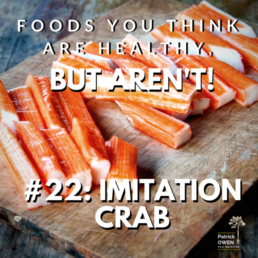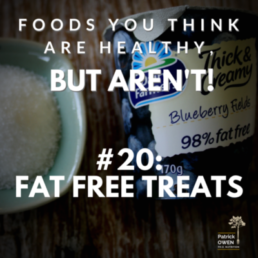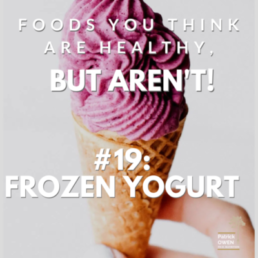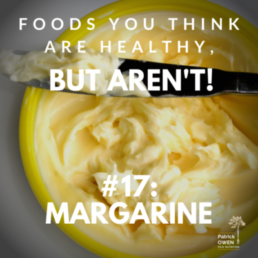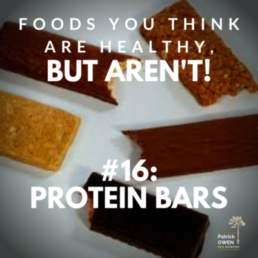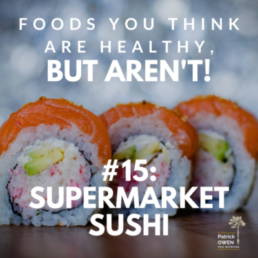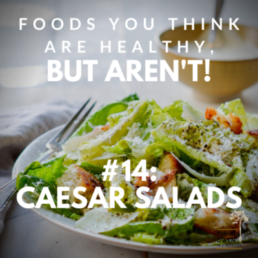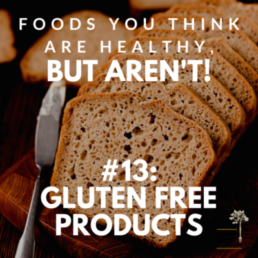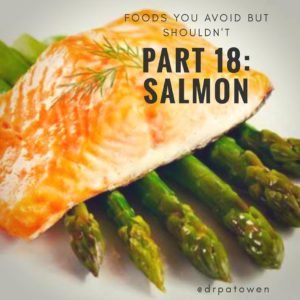 Why we avoid it: Concern has been raised over the safety of farmed vs. wild salmon in regards to mercury contamination. Most people don’t eat enough cold-water fatty fish as it is, and fears of mercury toxicity don’t help matters.
Why we avoid it: Concern has been raised over the safety of farmed vs. wild salmon in regards to mercury contamination. Most people don’t eat enough cold-water fatty fish as it is, and fears of mercury toxicity don’t help matters.
Why we should eat it: High levels of mercury have been associated with increased risk of cancer and can destroy the healthy omega-3 fatty acids that make fish so healthy. Is it worth the risk? Definitely. Studies that warn of the dangers of consuming fish don’t take into account that there’s a mineral that can substantially protect us from mercury toxicity. Selenium protects against the oxidative damage caused by mercury, and as long as your selenium intake is sufficient, there’s no reason to limit consumption of fish. The best dietary source of selenium, not coincidentally, is fish. Besides, the levels of mercury and other trace metals in both wild and farmed salmon were found to be well below those considered safe, according to 2008 study published in Environmental Toxicity and Chemistry.
But how does farm-raised compare to wild-caught? Regular grocery store salmon is almost always the farmed Atlantic variety. Farmed salmon are largely confined and fed a steady diet of formulated protein pellets to make them fatter. Consequently, they have fewer omega-3 fats and less protein per ounce compared to wild salmon. Stick to wild Alaskan or wild Pacific salmon for optimal benefits. The take-home message is that salmon is so good for you that it’s much safer to eat than it is to not eat it, as long as the fish contains more selenium than mercury (which most salmon does).
